
As the temperatures lean toward the cooler side and the growing season is winding down, strawberries are usually the last thing you’re thinking about. However, if you want to ensure baskets of bright red berries next June, there are a few chores you’ll need to do for fall strawberry care.
Whether you have a strawberry patch or choose to grow them in containers, they all require the same fall care.
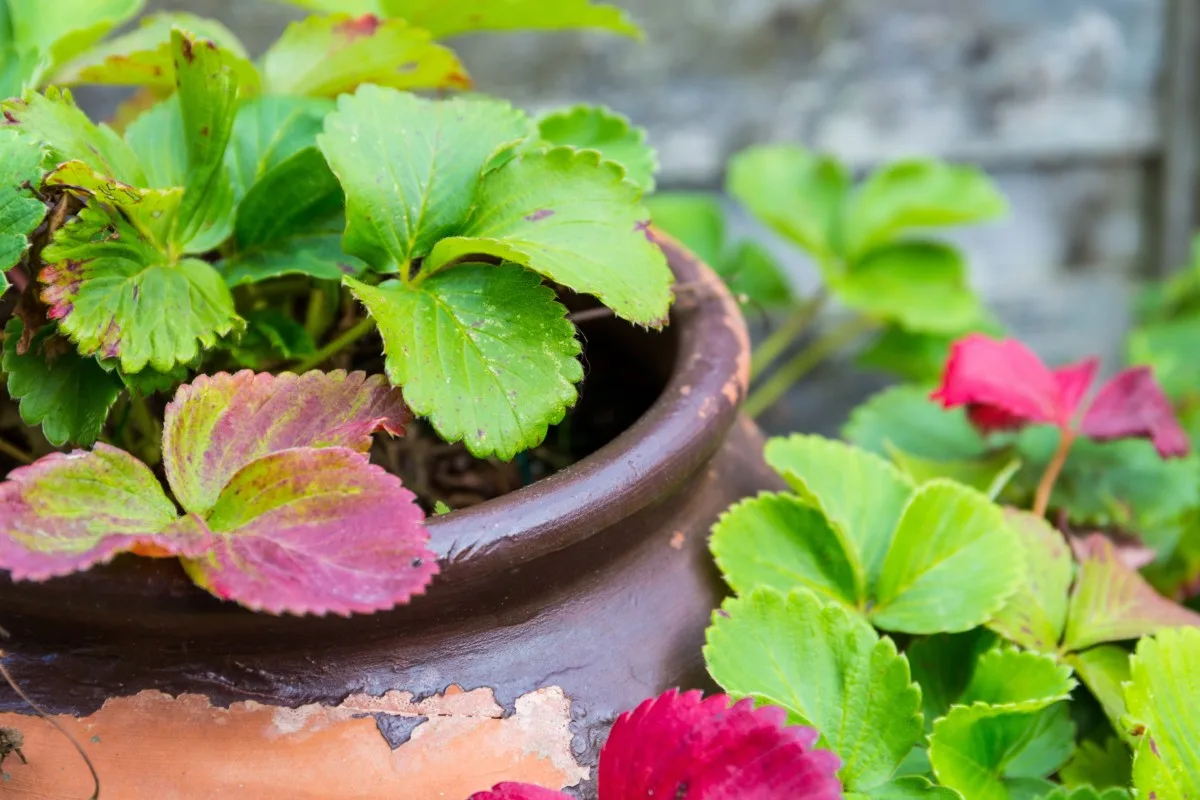
Signs Your Strawberries are Ready for Fall Care
Unlike your average toddler, your strawberries will tell you when they’re ready to be tucked into bed. Each year, as the weather cools, strawberry plants have noticeable signs that say winter is on its way, and they will be going dormant soon.
Get Low
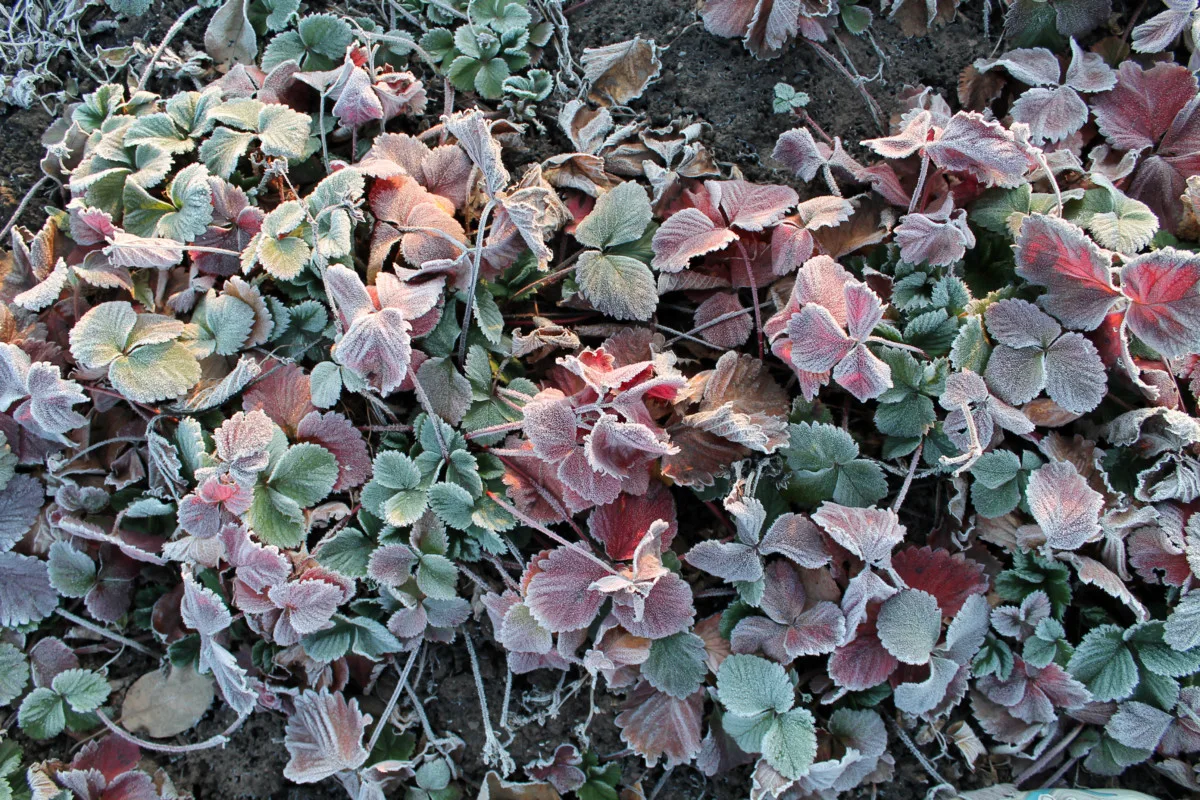
During most of the growing season, strawberry plants are bushy and grow upward, but as the summer draws to a close, you’ll notice your plants sort of slump down. They flatten out and grow lower, almost like a creeping ground cover.
Fall Foliage
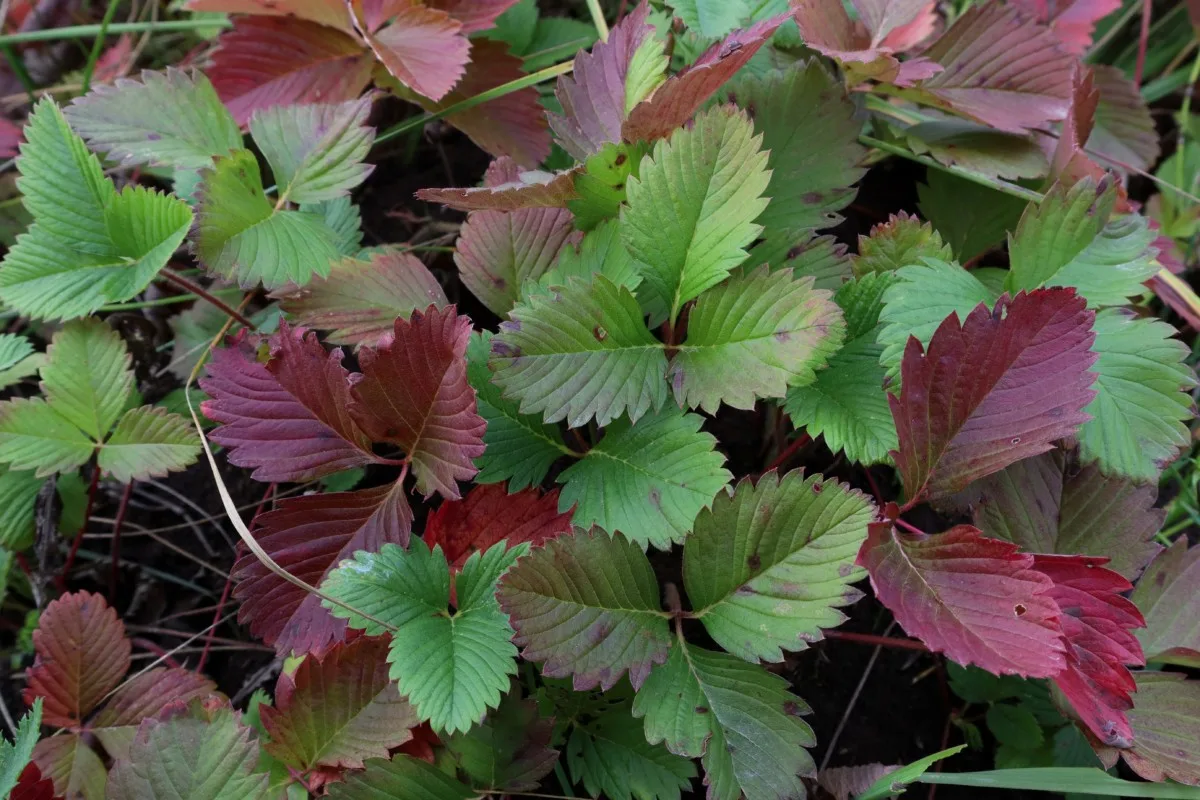
As the leaves on the trees begin to change color, so too will your strawberry plant’s leaves. Rather than emerald green, the plant’s leaves will turn into a deep burgundy. It’s actually quite pretty.
If you notice these signs, take an hour and prep your strawberry patch for winter.
1. Fertilize
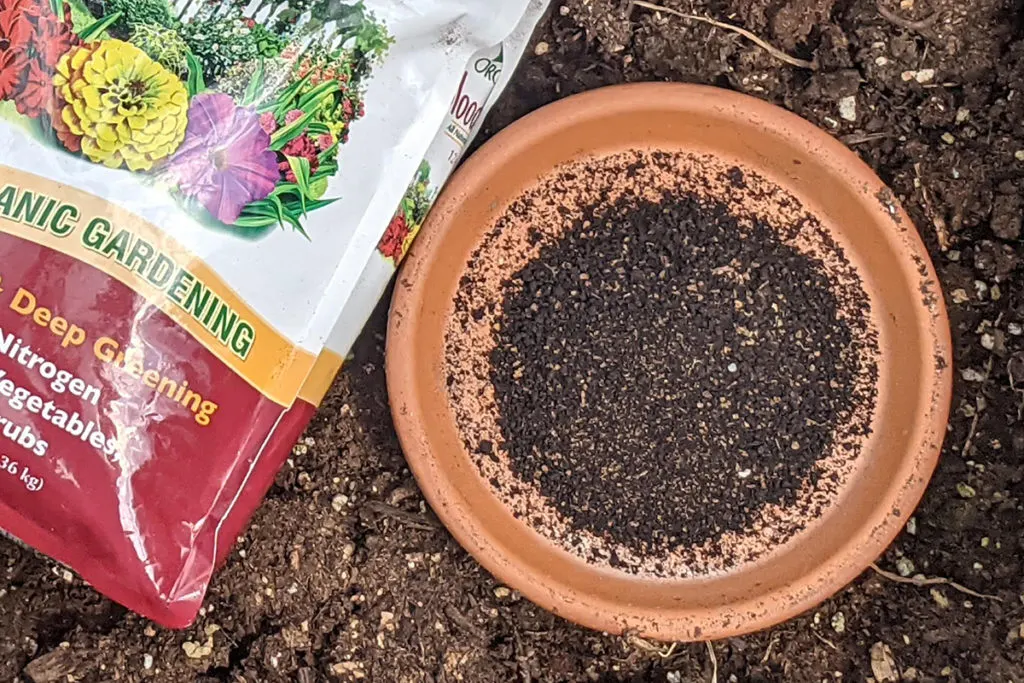
The first thing you should do to prep your plants is feed them. Strawberries need to be fertilized twice a year, once in the early spring and again in the late fall.
Before they enter their dormant period during the winter, your plants will be busy growing new leaves and runners. This comes on the heels of giving you gorgeous berries during the summer. So, it’s important to top them up with the right fertilizer, so they still have plenty of nutrients to make next year’s berries.
In the fall, you’ll want to use a nitrogen-specific fertilizer. It’s best if it’s something that’s a slow-release formula. We’re big fans of blood meal fertilizer here at Rural Sprout. It’s a great natural source of nitrogen that will slowly break down in the soil.
2. Mulch
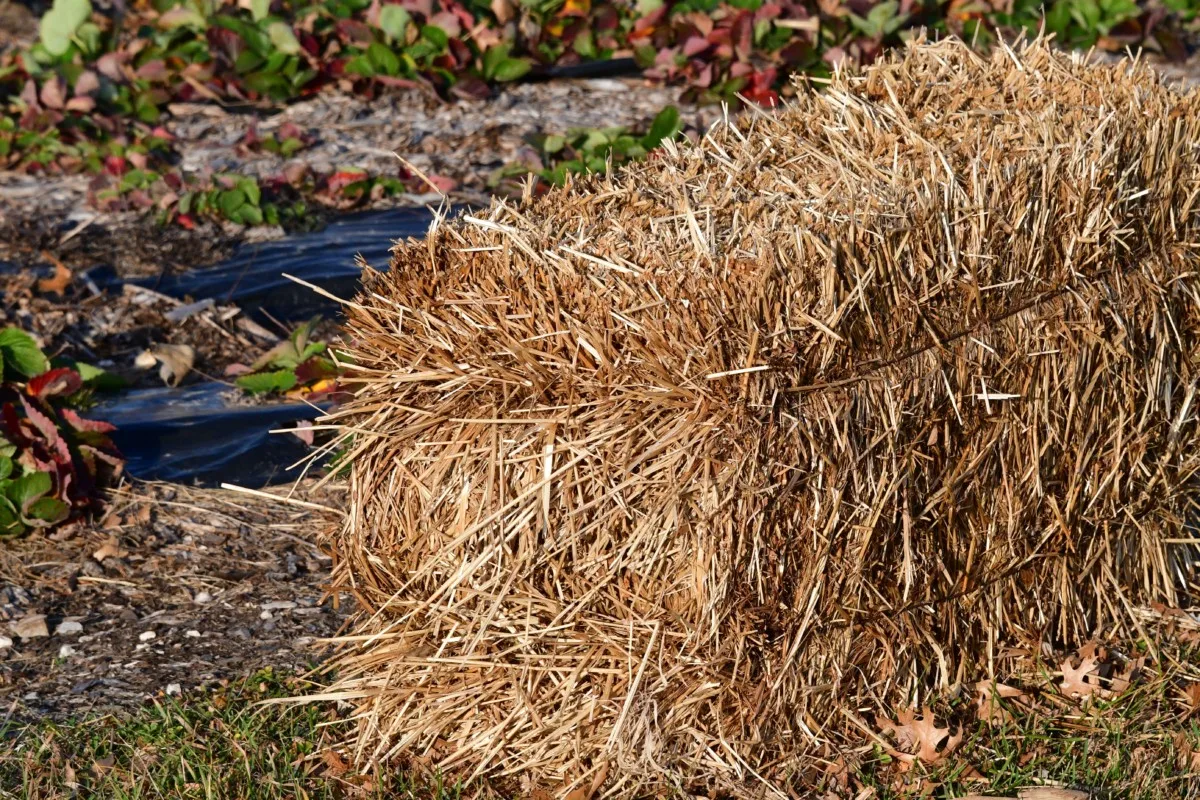
Mulching your plants keeps them buffered from frosts and the worst of the winter weather. This protective layer can often be the determining factor in whether or not you lose your plants, especially if you live in a climate with harsh winters.
Straw is the best mulch for strawberry plants.
While you can use leaves, dried grass clippings, or even pine needles, straw works best because it doesn’t become as compacted. It will still allow the exchange of water and air without smothering the plants underneath.
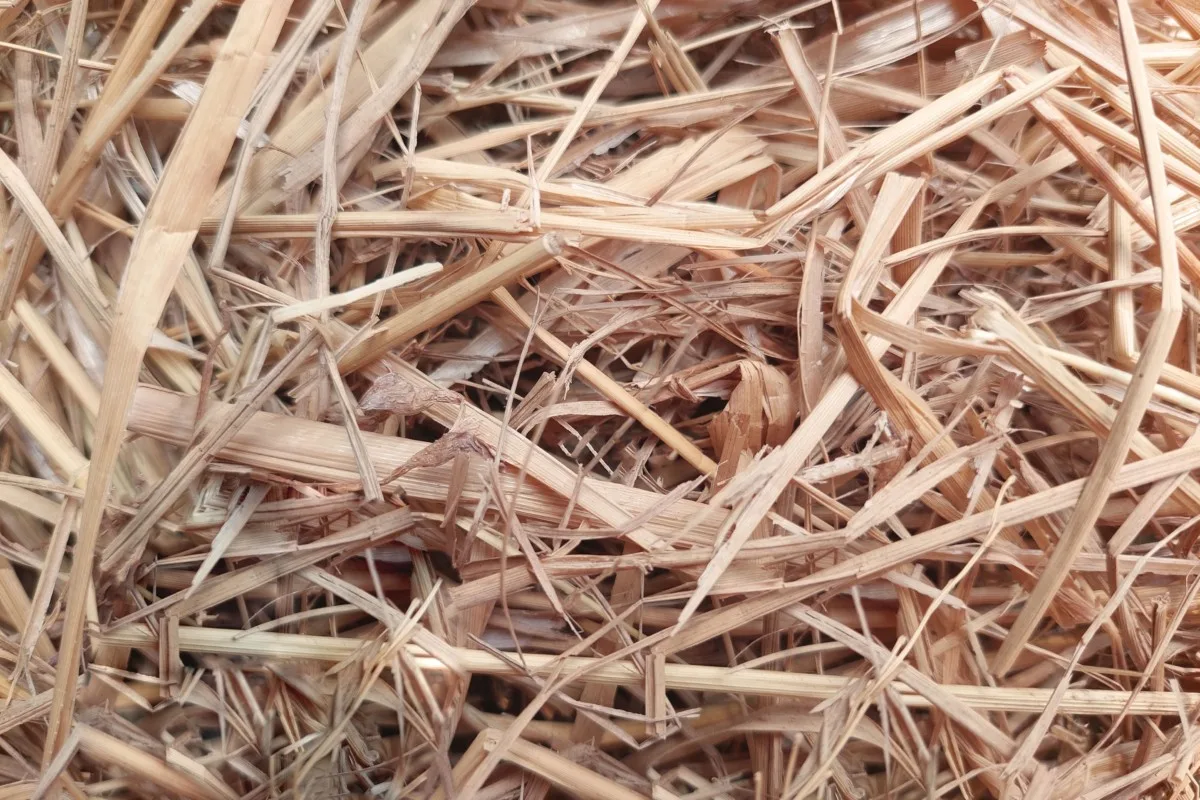
Lay down a thick layer, around 4”-6” of straw, to cover the plants, especially the crowns and any new runners. If you can, try to time this chore when it’s not too windy and when you’re expecting rain. The rain will help to settle the straw so it won’t blow away without completely flattening it.
In the spring, you can remove the straw or move it to the side, allowing it to break down around the strawberry plants over time, thus adding nutrients back into the soil.
3. Plant New Strawberries
Believe it or not, if you’re starting a completely new strawberry bed, fall is a great time to do it.
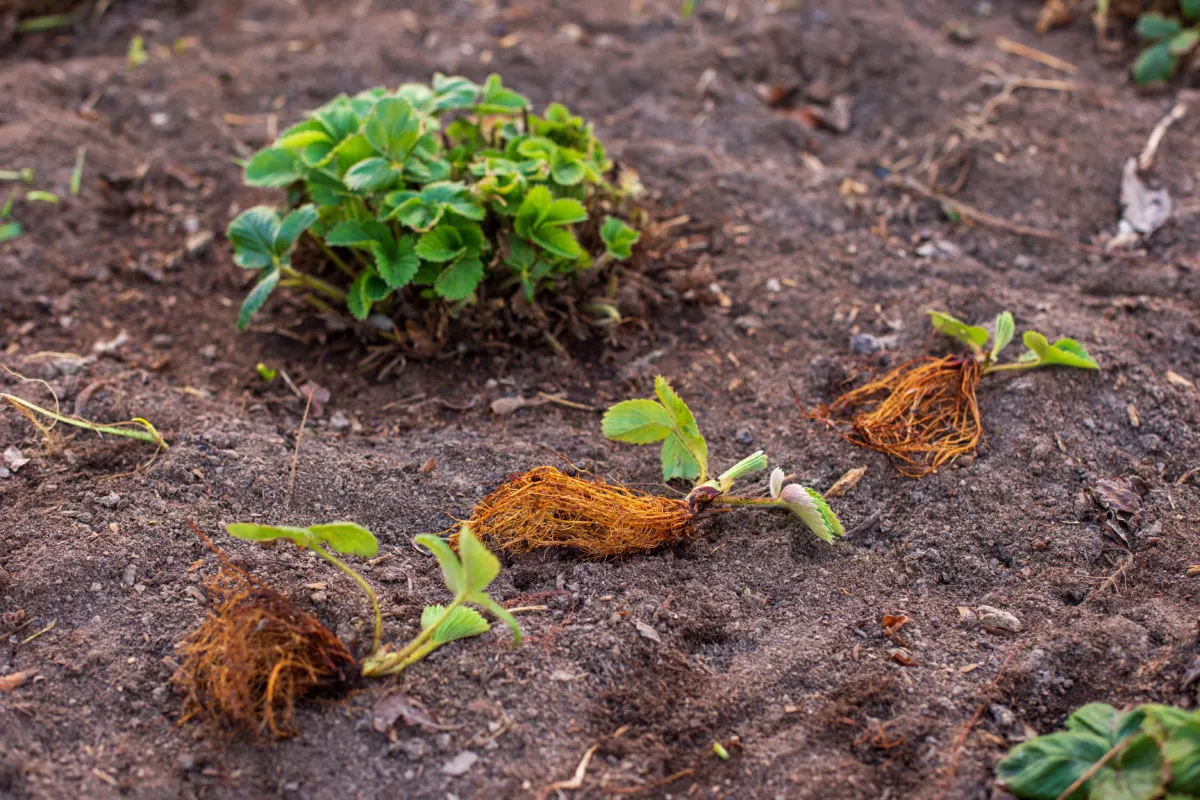
When you plant strawberries in the spring, it’s always a good idea to pinch off the blossoms that form that first summer. This forces the plant to put out new growth, ensuring healthy plants that yield well for years to come.
However, if you plant strawberries in the fall, they will have plenty of time to become established and grow a healthy root system before going dormant for the winter. So, next year, when summer rolls around, you’ll be able to enjoy sweet strawberries during your first year rather than pinching off the blooms.
Of course, the issue becomes finding nursery starts in the fall. Obviously, they are usually sold in the spring. More nurseries are starting to carry strawberries specifically for fall planting. You can also check nurseries in the early fall as they often sell off unpurchased perennials, such as strawberry plants, at a greatly reduced price.
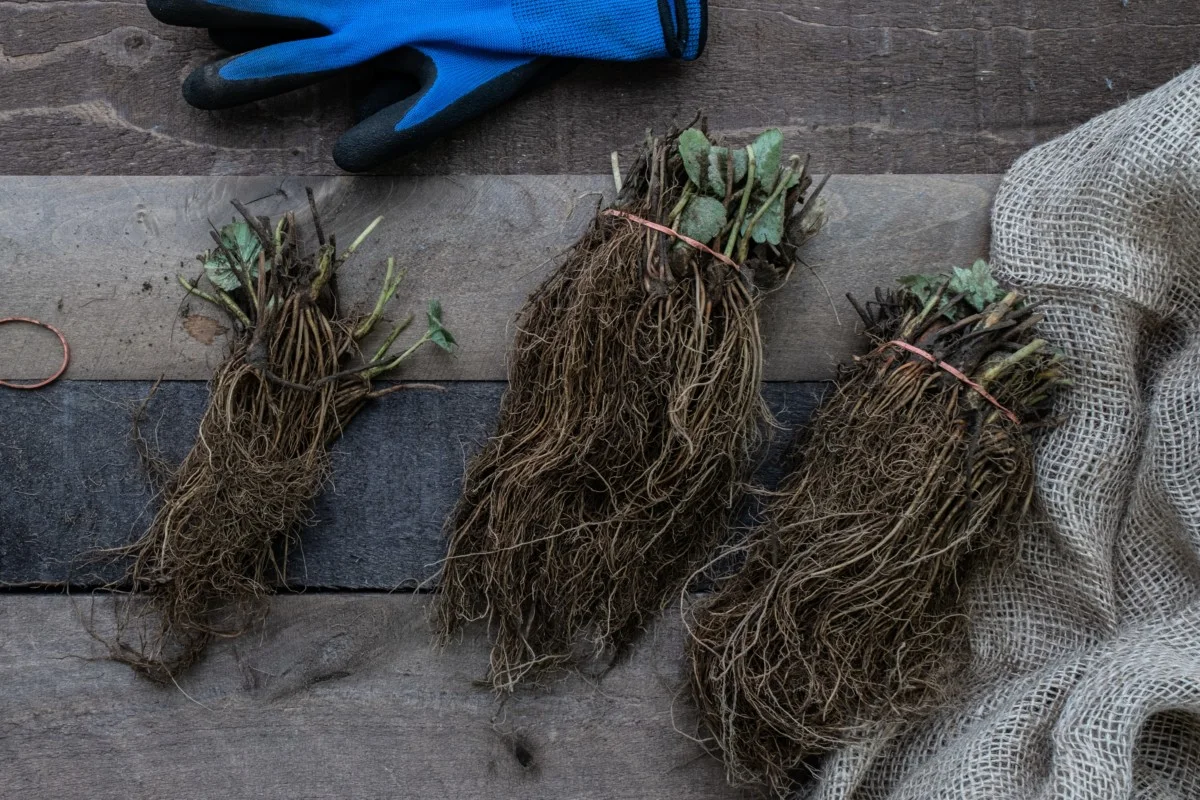
If you can’t find them locally, many online nurseries offer bare root strawberry plants for purchase.
If you live in an area with severe winter weather, be sure and plant new strawberries in the early fall and mulch them well before the first frost.
And finally, the one thing you shouldn’t do to your strawberry plants in the fall.
Don’t Pinch Back or Prune Your Strawberries
Folks often ask if they should prune their strawberries or pinch them back before mulching in the fall. The answer is always a resounding, “No!”
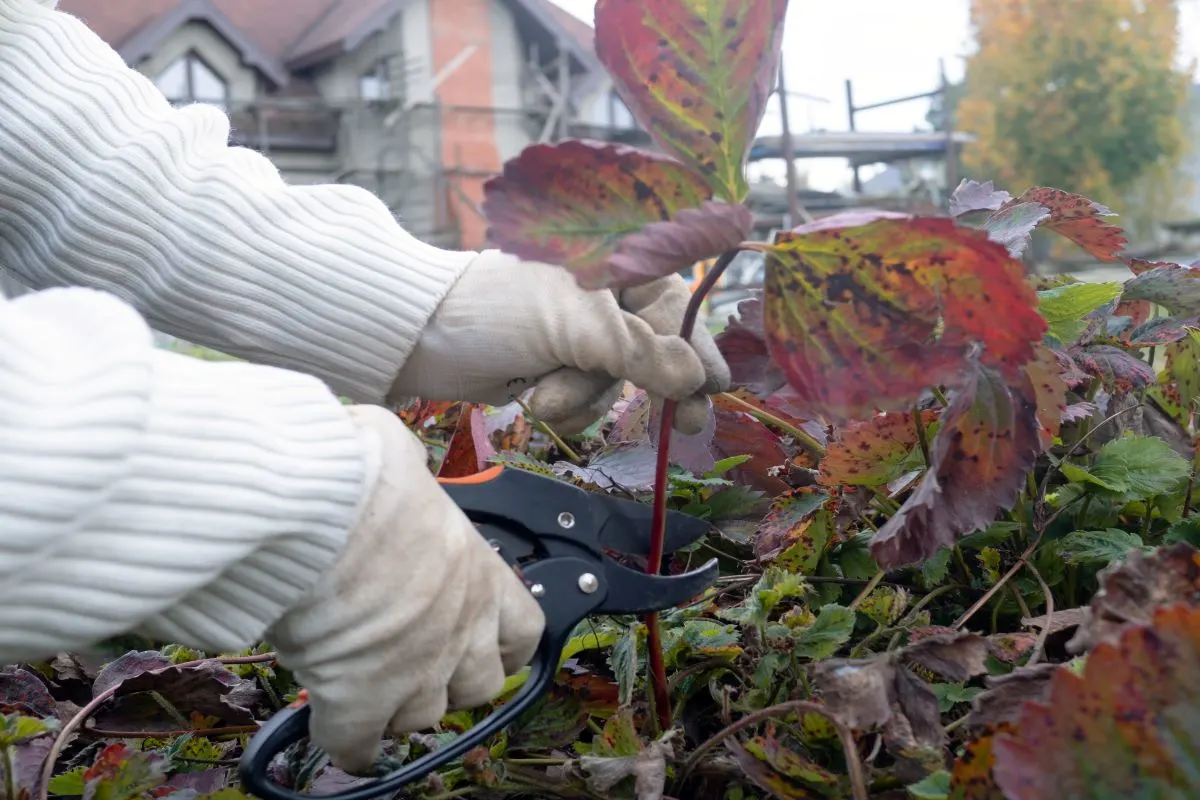
The time for cutting back strawberry plants and pinching back runners is immediately after the plants stop producing berries in the early summer.
By the time fall rolls around, your strawberry plants are already busy producing the cells that will turn into blooms and berries next season. If you prune the plants now, it will significantly decrease your yield next summer. It also makes them much more susceptible to cold damage during the winter, and you could lose your strawberry patch.
If you meant to prune them back and didn’t get around to it, it’s no big deal. Mulch your plants in their current condition to survive the winter. You can prune them a bit harder next year.
And that’s it. All in all, these few tasks won’t take you long but will ensure you have a fantastic harvest of tasty summer strawberries next year.
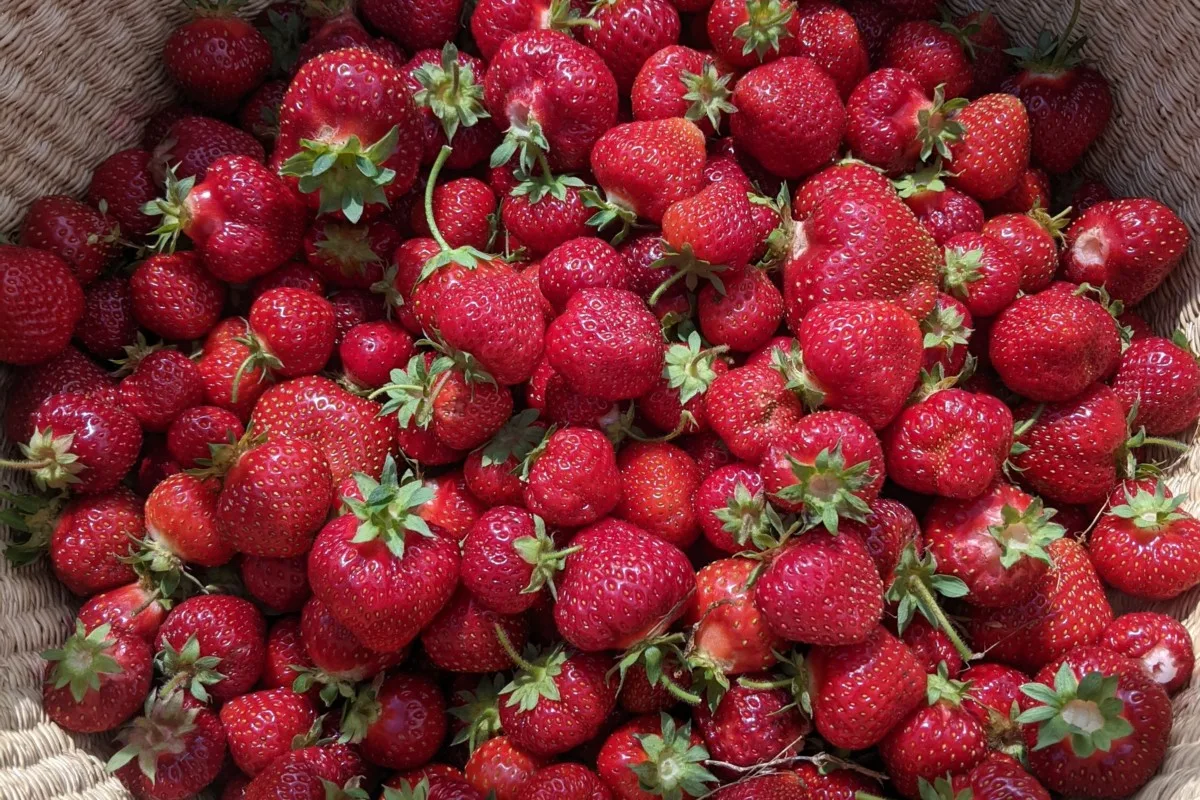
Of course, after winter is over and you’ve had your spring thaw, you’ll have a few spring strawberry chores to do too. And come June, you’ll be looking for ways to use up all those ruby red strawberries.

Get the famous Rural Sprout newsletter delivered to your inbox.
Including Sunday ramblings from our editor, Tracey, as well as “What’s Up Wednesday” our roundup of what’s in season and new article updates and alerts.

